Archives
- 2025-12
- 2025-11
- 2025-10
- 2025-09
- 2025-04
- 2025-03
- 2025-02
- 2025-01
- 2024-12
- 2024-11
- 2024-10
- 2024-09
- 2024-08
- 2024-07
- 2024-06
- 2024-05
- 2024-04
- 2024-03
- 2024-02
- 2024-01
- 2023-12
- 2023-11
- 2023-10
- 2023-09
- 2023-08
- 2023-07
- 2023-06
- 2023-05
- 2023-04
- 2023-03
- 2023-02
- 2023-01
- 2022-12
- 2022-11
- 2022-10
- 2022-09
- 2022-08
- 2022-07
- 2022-06
- 2022-05
- 2022-04
- 2022-03
- 2022-02
- 2022-01
- 2021-12
- 2021-11
- 2021-10
- 2021-09
- 2021-08
- 2021-07
- 2021-06
- 2021-05
- 2021-04
- 2021-03
- 2021-02
- 2021-01
- 2020-12
- 2020-11
- 2020-10
- 2020-09
- 2020-08
- 2020-07
- 2020-06
- 2020-05
- 2020-04
- 2020-03
- 2020-02
- 2020-01
- 2019-12
- 2019-11
- 2019-10
- 2019-09
- 2019-08
- 2019-07
- 2019-06
- 2019-05
- 2019-04
- 2018-11
- 2018-10
- 2018-07
-
A major finding to emerge from this study
2021-05-14

A major finding to emerge from this study is a conserved regulatory scheme deployed by both innate and adaptive lymphocytes, which is coordinated by a cohort of TFs. The scheme functionally compartmentalizes effector (R)-(-)-Niguldipine hydrochloride receptor that circulate between blood and periphe
-
Expression of both CH H and CYP B
2021-05-14
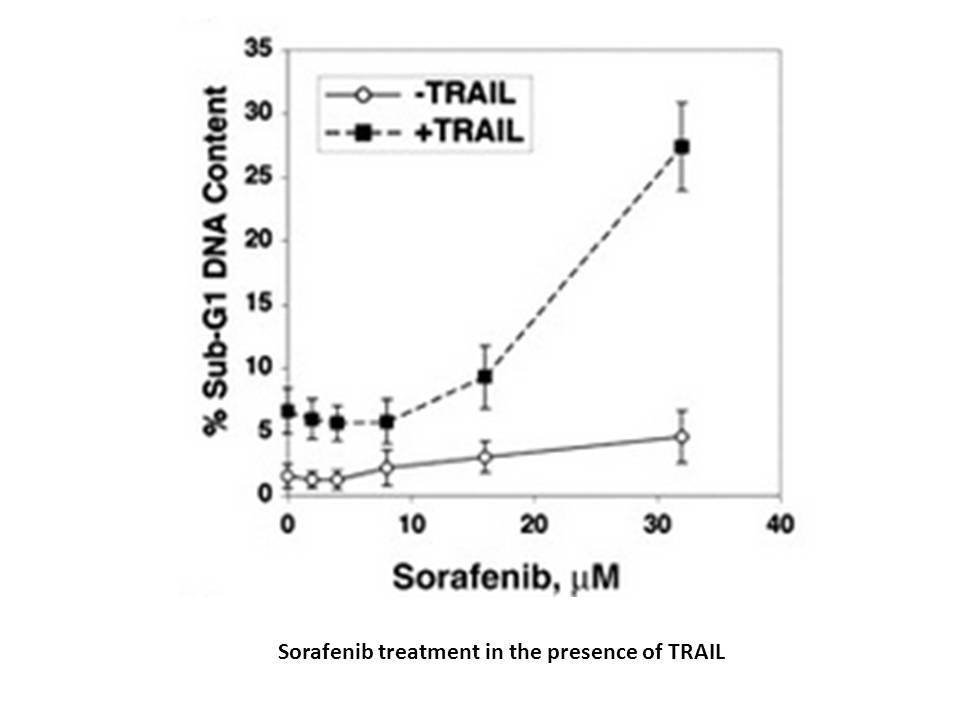
Expression of both CH25H and CYP7B1 by lymphoid stromal BADGE receptor is required for the synthesis of 7α,25-OHC in lymphoid tissues and the correct positioning of B cells. Production of EBI2 ligand by hematopoietically derived cells appears limited [24] but may occur under some circumstances, giv
-
In the absence of ligand RNA CARD of RIG I
2021-05-13
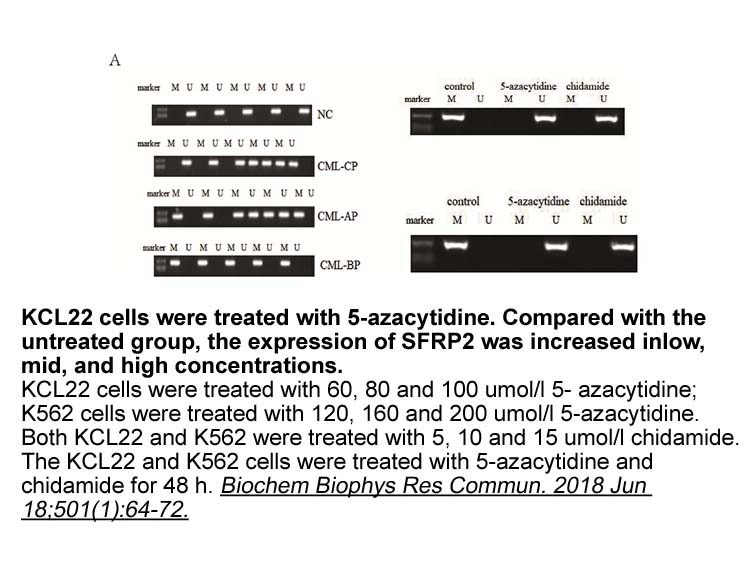
In the absence of ligand RNA, 2CARD of RIG-I is masked by the intramolecular interaction with the helicase domain, showing auto-repressed state [33], [34]. But upon viral RNA binding, 2CARD of RIG-I is exposed to interact with the CARD domain of MAVS (also known as Cardif, IPS-1 or VISA) on mitochon
-
Enzymatic assay The usual in vitro test
2021-05-13
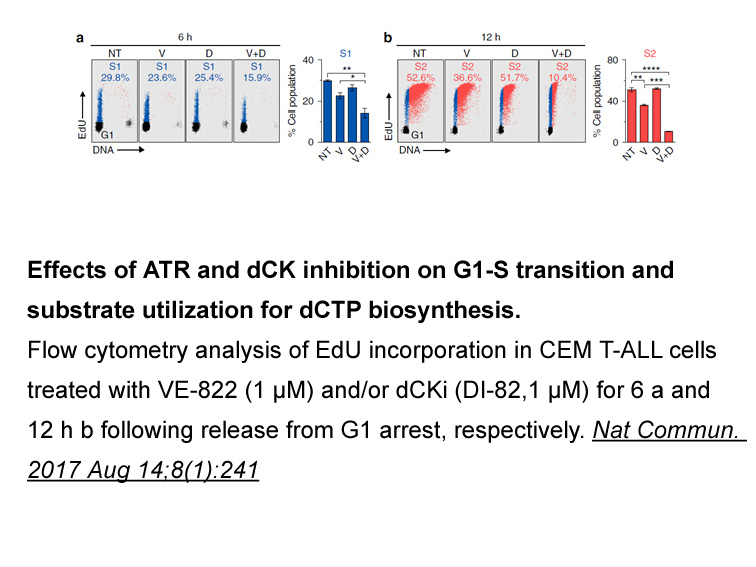
Enzymatic assay. The usual in vitro test for the measure of the activity of DbH involves ascorbate as a cosubstrate (e.g., 5mM) and tyramine as a substrate (e.g., 10mM). When using N-aryl-N′-hydroxyguanidines instead of ascorbate, the hydroxylase activity of DbH was measured by HPLC as the amounts o
-
br Methods To study electrostatic substrate channeling we em
2021-05-13
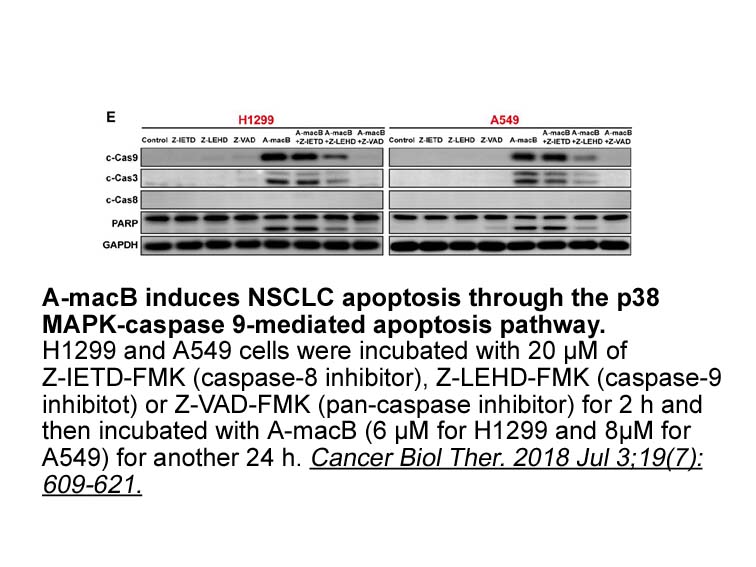
Methods To study electrostatic substrate channeling, we employed two methodologies, Brownian dynamics and a continuum model based on the Smoluchowski theory. Whereas Brownian dynamics simulations are useful for tracking the motion of individual particles, the continuum model is convenient for cal
-
Reports on the participation of
2021-05-13

Reports on the participation of NDH2 along with other respiratory complexes in the formation of a large supercomplex (Grandier-Vazeille et al. 2001) or even a respirosome-like structure in S. cerevisiae mitochondria (Matus-Ortega et al. 2015) are very intriguing. Similarly, in Y. lypolytica mitochon
-
Pathological changes in animal are powerful
2021-05-13
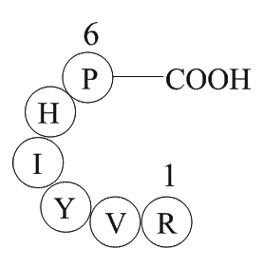
Pathological changes in animal are powerful indicators of the exposure to environmental stressors. The liver serves as an appropriate organ for the study of pollutant effects because of its high capacity to accumulate pollutant and its susceptibility to histopathological damage by pollutants (Padmin
-
Previous studies reported that combined administration of
2021-05-13
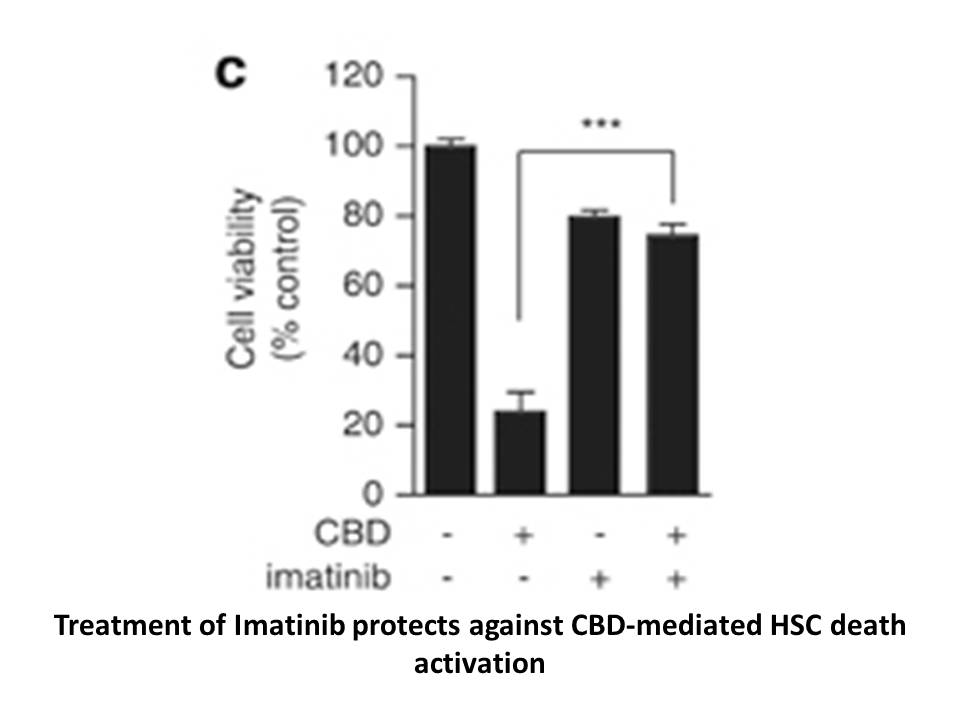
Previous studies reported that combined administration of licorice/GL and TWHF/TP showed reduced toxicity and equal or even potentiated therapeutic efficacy when treating arthritis (YS et al., 2006, YS et al., 2008, Zhang et al., 2007). Our findings that GL reduced exposure to TP in rats confirmed t
-
Acknowledgments br Prostaglandin D PGD plays a key role
2021-05-13
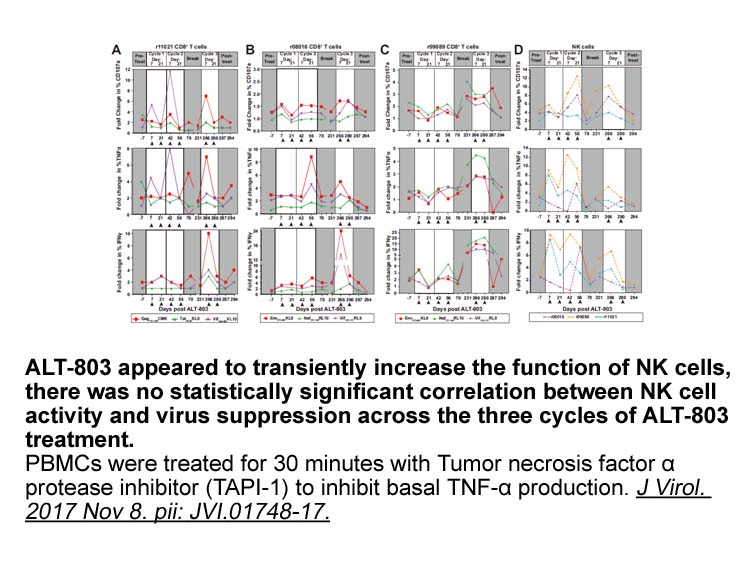
Acknowledgments Prostaglandin D (PGD) plays a key role in mediating allergic reactions such as those seen in asthma, allergic rhinitis, atopic dermatitis and allergic conjunctivitis. PGD is the major cyclooxygenase product formed and secreted by activated mast cells and its levels in bronchoalveo
-
Placental insufficiency is regarded as the main etiology for
2021-05-13
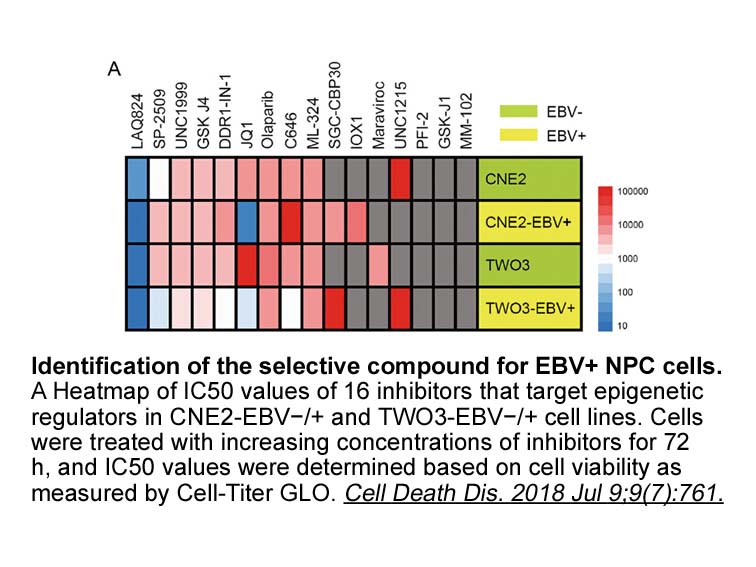
Placental insufficiency is regarded as the main etiology for FGR. Placental development is highly unique in eutherians and is regulated by numerous factors. For example, the novel retrotransposon-derived gene retrotransposon-like 1 (RTL1) was recently shown to play a key role in placental developmen
-
Introduction Numerous professional governmental and media so
2021-05-13
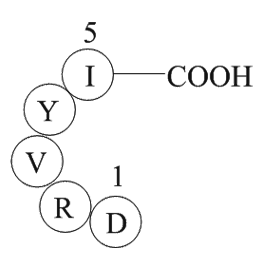
Introduction Numerous professional, governmental, and media sources report a strong demand for and even a scarcity of new entrants to the fields of professional accounting and auditing. Furthermore, reports emphasize expectations of continuing high demand in the future (AICPA, 2015, Manpower Group,
-
The current study had the following
2021-05-13

The current study had the following 3 aims: Materials and methods Results Discussion Western Europe, USA/Canada, and Australia have traditionally been the areas in which cochlear TAK-901 is most common [9], [10]; correspondingly, the most common and well-known validated tests and (re)habi
-
In the present study we determined concentration response
2021-05-13

In the present study, we determined concentration–response relationships for selected synthetic progestogens using in vitro luciferase transactivation assays driven by PR, ARα and ARβ from Murray–Darling rainbowfish () and compared the profiles with those obtained from similar assays based on human
-
In the present study we investigated the effect of morphine
2021-05-13
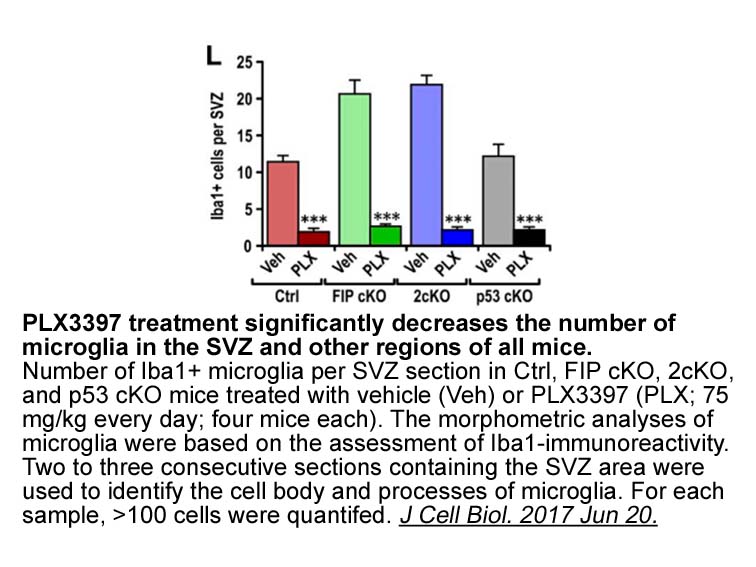
In the present study we investigated the effect of morphine withdrawal on G-protein coupling to opioid and ET receptors in neonatal rats. Morphine-induced G-protein activation was significantly higher in neonatal rats undergoing morphine withdrawal; suggesting enhanced coupling of the receptors to G
-
br Roles of DDR in epithelial cell differentiation
2021-05-12
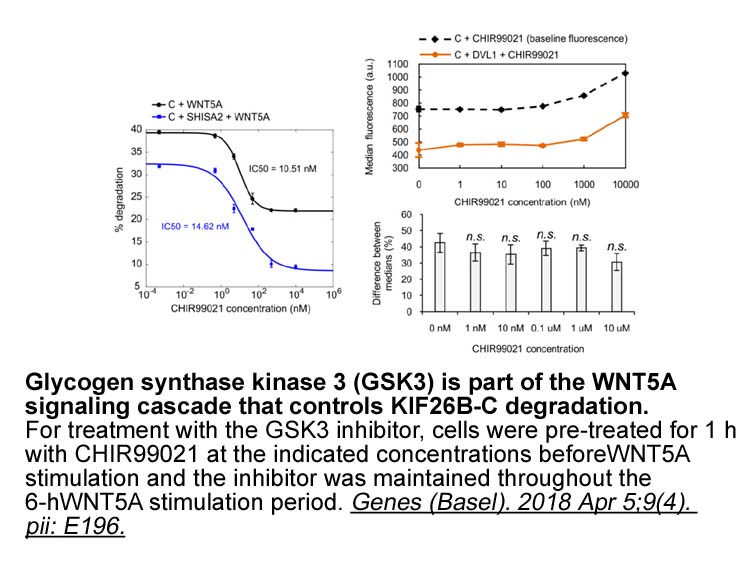
Roles of DDR1 in epithelial cell differentiation Roles of DDR1 in cell migration, and invasion Dichotomous functions of DDR1 in disease progression Conclusions and perspectives The switch in Medroxyprogesterone acetate from DDR1 to DDR2 during EMT is another important issue. The DDRs may
15407 records 611/1028 page Previous Next First page 上5页 611612613614615 下5页 Last page